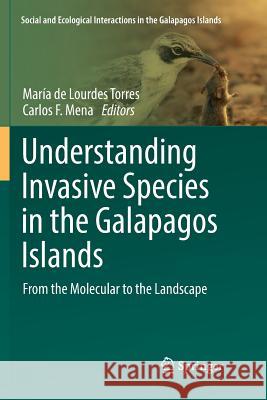Understanding Invasive Species in the Galapagos Islands: From the Molecular to the Landscape » książka
topmenu
Understanding Invasive Species in the Galapagos Islands: From the Molecular to the Landscape
ISBN-13: 9783319883915 / Angielski / Miękka / 2019 / 237 str.
Understanding Invasive Species in the Galapagos Islands: From the Molecular to the Landscape
ISBN-13: 9783319883915 / Angielski / Miękka / 2019 / 237 str.
cena 403,47
(netto: 384,26 VAT: 5%)
Najniższa cena z 30 dni: 385,52
(netto: 384,26 VAT: 5%)
Najniższa cena z 30 dni: 385,52
Termin realizacji zamówienia:
ok. 22 dni roboczych
Bez gwarancji dostawy przed świętami
ok. 22 dni roboczych
Bez gwarancji dostawy przed świętami
Darmowa dostawa!
Kategorie:
Kategorie BISAC:
Wydawca:
Springer
Seria wydawnicza:
Język:
Angielski
ISBN-13:
9783319883915
Rok wydania:
2019
Wydanie:
Softcover Repri
Ilość stron:
237
Waga:
0.38 kg
Wymiary:
23.39 x 15.6 x 1.42
Oprawa:
Miękka
Wolumenów:
01
Dodatkowe informacje:
Wydanie ilustrowane











